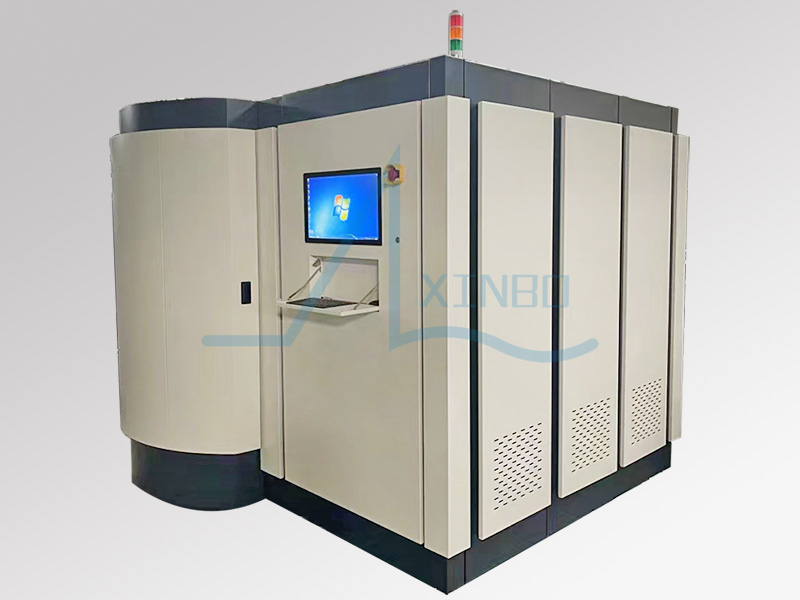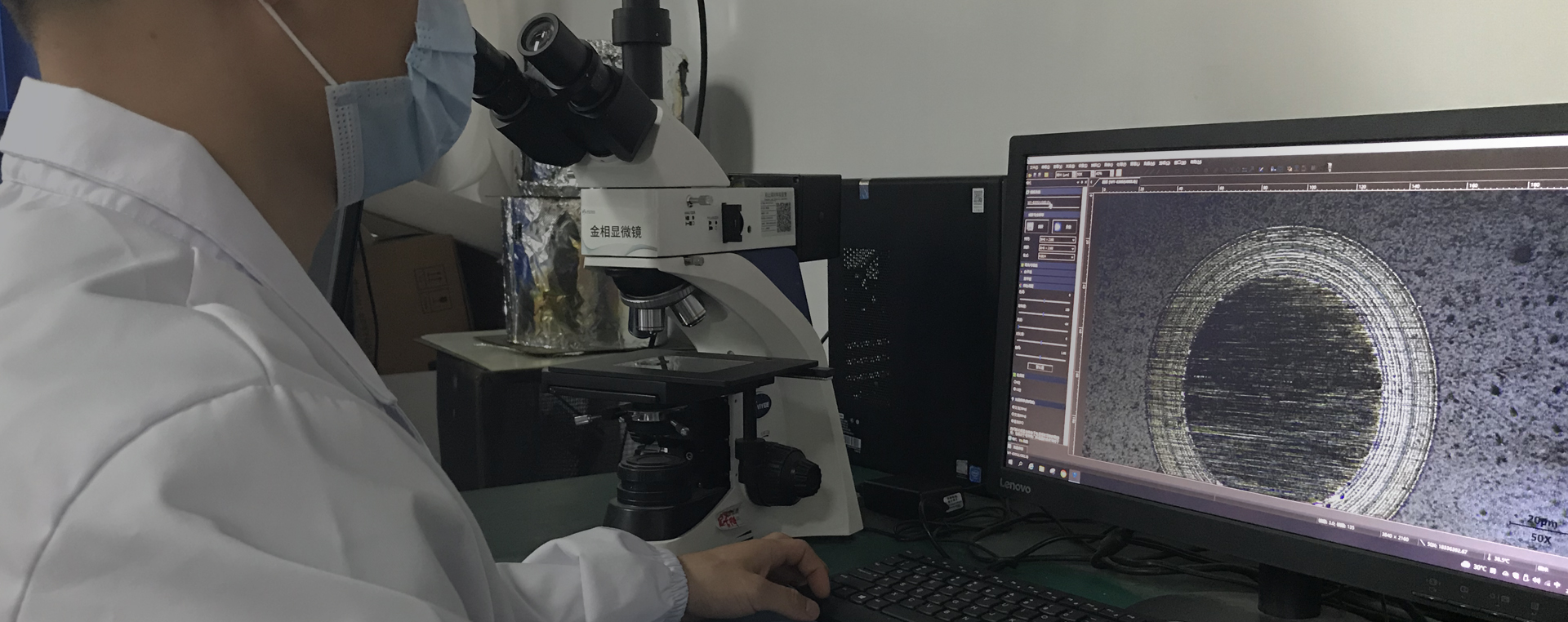How to control the microstructure of thin films during the deposition process using HIPiMS technology
HIPiMS technology can effectively regulate the microstructure of thin films during the deposition process by controlling a series of process parameters. These parameters include but are not limited to power, pulse frequency, gas pressure, substrate temperature, etc. The following is a detailed explanation:
1. Power control
The core of HIPiMS technology is the use of high-power pulse discharge, which leads to a significant increase in plasma density and ionization rate. By adjusting the peak power of the pulse, the energy distribution of sputtered particles can be changed. Higher power typically leads to higher ionization rates, thereby affecting the density and adhesion of the film. Therefore, selecting the appropriate peak power is crucial for regulating the microstructure of thin films.
2. Pulse frequency and duty cycle
Pulse frequency and duty cycle (i.e. the ratio of pulse on time to off time) are also important control parameters. A higher frequency means more pulse events per unit time, which can increase the stability of the plasma and may affect the uniformity and density of the thin film. The adjustment of duty cycle can control the deposition rate and plasma density, thereby affecting the microstructure of the thin film.
3. Gas pressure
The pressure of sputtering gas (usually argon) also has a significant impact on the microstructure of thin films. Lower pressure is conducive to the formation of thin films with better crystallinity, as the average free path of sputtered particles is longer, which facilitates the ordered arrangement of atoms. On the contrary, higher pressure may lead to the formation of amorphous or metastable structures in the thin film.

HIPiMS technology
4. Base temperature
Controlling the substrate temperature is a common method for regulating the microstructure of thin films. A higher substrate temperature can promote atomic diffusion and facilitate the formation of thin films with better crystallinity and higher density. On the contrary, amorphous or metastable thin films may form under low temperature conditions. Heating the substrate can also improve the adhesion between the film and the substrate.
5. Types of sputtering gases
In addition to argon, other inert gases such as helium or reactive gases such as nitrogen and oxygen can also be used as sputtering gases. Different types of gases can affect the properties of plasma, which in turn affects the microstructure of thin films. For example, compound thin films such as titanium nitride (TiN) or aluminum oxide (Al ₂ O3) can be prepared using reactive gases.
6. Purity and composition of sputtering target material
The purity and composition of sputtering targets can also affect the microstructure of thin films. High purity target materials can reduce the introduction of impurities, thereby obtaining purer thin films. In addition, for multi-component thin films, the composition ratio of the target material needs to be strictly controlled to ensure the consistency and uniformity of the film composition.
7. Process atmosphere
In some cases, in order to improve certain properties of the film, such as hardness, wear resistance, etc., a small amount of reactive gases (such as nitrogen and oxygen) can be introduced during the deposition process. These gases can react with sputtered particles to form thin films with specific properties.
8. Sedimentation rate
The control of sedimentation rate is also an important factor affecting the microstructure of thin films. A faster deposition rate may lead to a decrease in the density of the film, while a slower deposition rate is beneficial for forming a denser and more uniform film.
By adjusting the above parameters, HIPiMS technology can effectively control the microstructure of thin films, thereby obtaining thin film materials with excellent properties. These films have broad application prospects in fields such as hard coatings, optical films, and semiconductor devices. With the deepening of research on HIPiMS technology, more methods and techniques for optimizing the microstructure of thin films may be discovered in the future.
 18922924269
18922924269
